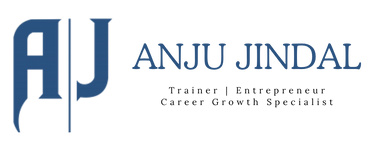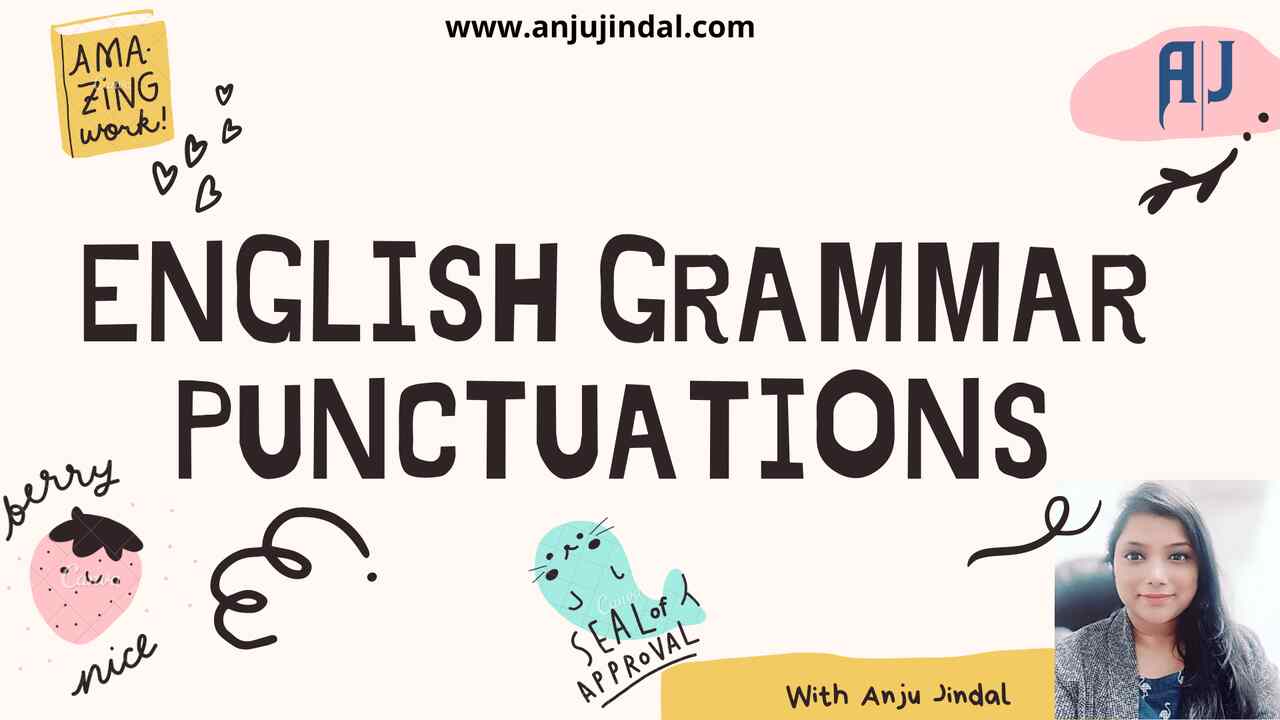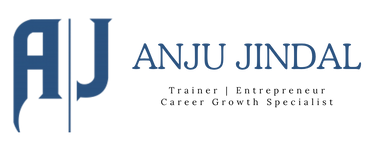Punctuation and its usage
Punctuation is something you must have heard about.
But, do you know they did not exist in ancient languages. With civilization, punctuation came into existence in written form so that readers can differentiate ideas, words, and usage in spoken language.
Punctuations are not only important, but can change the meaning the sentence can mean.
Though there are many punctuations let us discuss some of the important punctuations here.
The most common punctuation is the usage of capital letters.
We use a capital letter to tell the beginning of a sentence. The first letter of a proper noun is also capital letter.
E.g. – We are proud citizens of India (W is capital in we as it is the first letter and I is capital in India as India is a proper noun.
Other punctuations are as follows:
Full stop (.)
It is used at the end of the sentence to mark the end of the sentence. It is also used as initials for personal names and after abbreviations.
E.g. – Prof. J.K. Rowling is a famous writer (Prof. is an abbreviation for professor., J.K. Rowling has a period sign as “J.K.” are the initials, Full stop is also used at the end.)
Question mark (?)
The question mark is used to ask questions and a full stop is not used if a question mark is used.
E.g. – Who are you talking with? (Here a question is asked that is why the question mark is used)
Exclamation mark (!)
The exclamation mark is used to express excitement, negative or positive. It expresses shock, surprise, or excitement.
E.g. – I can’t believe she could say that! (Here, a surprise is shown in this sentence.)
Comma (,)
The comma is used to separate a list of similar words or phrases. It is also used to separate a series of phrases and connect two independent clauses.
E.g. – He is more friendly, talkative, and nice.
I had bread, Jam, and tea during breakfast.
Colon (:)
The colon is used to introduce the list to describe some new information after the complete sentence.
E.g. – The three main reasons are:
Semi Colon (;)
The semi-colon is used to separate two clauses or linked sentences or independent sentences.
E.g. – Hindi is the primary language of India; English is the secondary language.
Hyphen (-)
A hyphen is used to write two linked words or phrases. These are also used with some suffixes and prefixes.
E.g. – A 9-years-old boy.
Dog-like
Slash (/)
The slash mark is used to give two options to choose one from them and is used in lots of places for this.
E.g. – Unmarried/Married
Ellipsis (…)
The ellipsis “……” or “…”, also called dot-dot-dot, is a sequence of dots that indicates an intentional omission of a word, sentence, or a whole section from a text without altering its original meaning.
E.g. – The story is based on………happy life is on the way.
Apostrophe (‘)
An apostrophe is used to indicate possession or exclusion of letters in a contraction.
E.g. – Rahul’s car
They’re going to Delhi.
Quotation mark (‘ …’, “…”)
Quotation marks are used for enclosing what is said or written by somebody else. It is also used to write dialog said by the characters.
E.g. – He said, “I will go tomorrow”.
Parenthesis ( () ) or Brackets ( [] )
A parenthesis is used to add additional text and it differentiates the additional text from the main text.
E.g. – The parks [in Delhi] are always crowded.
The parks (in Delhi) are always crowded.
Using punctuation can be really helpful.
About the Author: Anju Jindal
Anju is a trainer, entrepreneur, and career growth specialist who helps students, working professionals, women, and Job seekers to reach out to their goals by implementing a Career Growth plan











